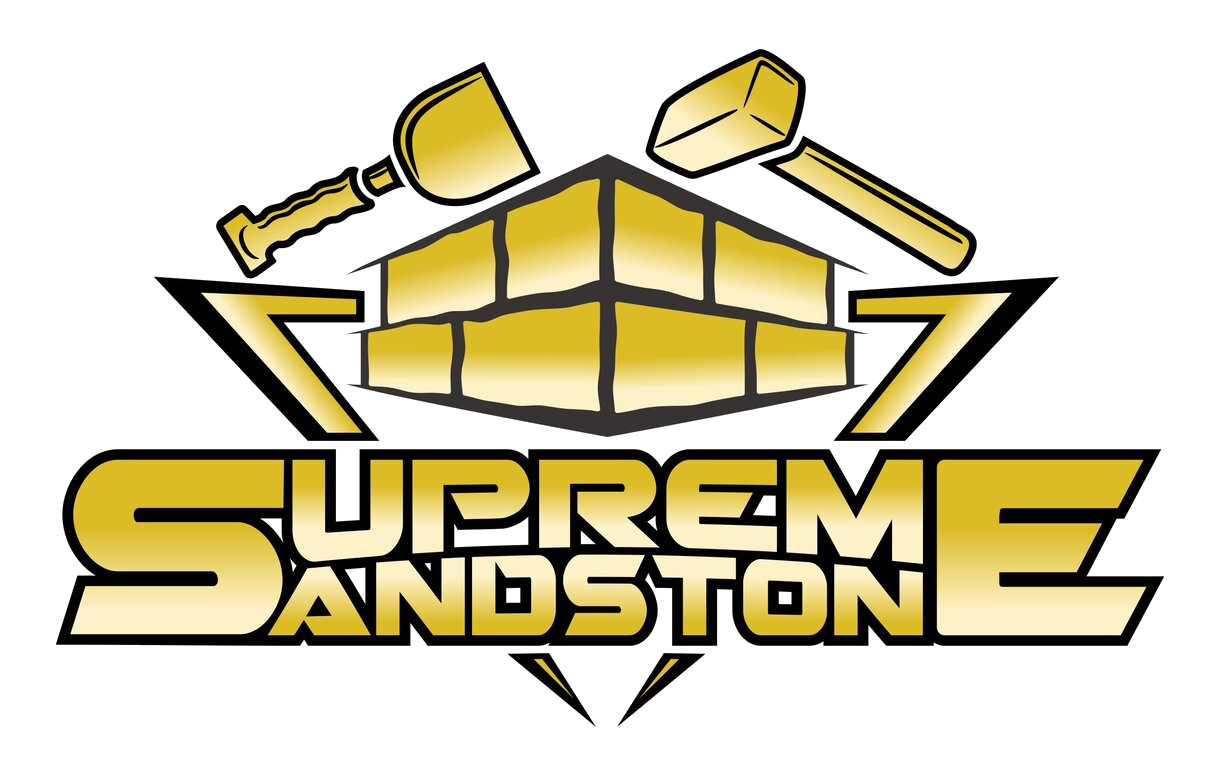Timber Vs Sandstone Retaining Walls. Which should I use?
We regularly get the age old comparison with consumers. “We’re uncertain if we will use timber or sandstone?” There are many aspects to consider when researching about what type of materials your site is best suited for.
We’ve established an easy-to-understand guide to help narrow your search:
- Your Budget: Timber is normally the cost-effective choice of the two however sandstone is usually a more cost-effective option for projects needing structural integrity (large-scale projects).
- Longevity: The bottom line is sandstone lasts a lot longer than timber. If this is a home, you are going to be living in long-term consider the longevity of sandstone which, if built correctly by a qualified and licensed tradesperson, will stand the test of time. However, a general rule of thumb is that timber will need to be replaced every 10-20 years.
- Your sites access: to construct a sandstone retaining wall you will require access for machinery & blocks. Some of our past clients have gained access through neighbouring properties. Otherwise we will need to look at an option of craning the machine into your yard (which is an extra cost, but it has been done for some of our determined clients!). Timber, majority of the time, is built by hand and most of the materials can be carted by hand. However, sandstone blocks are generally 1m-2m in length and weigh a ton, which means you will need to have that size access to get blocks into your yard doing no damage to your property.
- Aesthetics: Timber can make a beautiful retaining wall as there are many options of finishing looks & colours. Sandstone has limited colour choices, as it is a natural product from the earth. Each quarry has its own unique colours and grains- which, in their own way, are very stunning but can contravene minimal colour choices. Common colour ranges we see are all white, sandy yellows, pinks, browns and a combination of them all if the quarry is in the right seem. So, it depends on the look you’re trying to achieve.
- Your Time Limit: Instillation of sandstone is done by machinery, which means the instillation process is a lot faster than installing timber sleepers by hand. Majority of the time our clients are surprised at how quickly we’re in and out.
- Specifications of your project: If you’re faced with the fact your site needs a large-scale retaining wall, timber may be unsuitable. Sandstone or Besser blocks are recommended by structural engineers because of the strong structural integrity.
- Return on investment: to add value to your property, sandstone majority of the time will always provide a healthy return on investment. Sandstone stands out and looks very grand if it’s installed correctly. Timber is a great option to add value to your property. It can be looked at as ongoing maintenance for new buyers and timber walls are particularly common, so it isn’t as eye-catching as the sandstone appearance.
- Maintenance: As mentioned above, sandstone is a natural stone, so it will stand the test of time needing minimal upkeep. If your sandstone is in a shady area, pressure wash once a year to keep the mould off. Depending on the type of timber you select for your retaining wall, you may need to keep in mind when timber is exposed to weather, it can become vulnerable to rotting and termites. Let’s not forget about the upkeep of staining as well.
So there you have it, our comparison of sandstone and timber. It’s always a case-by-case decision but remember if you are engaging a company to help make your decision please check they’re a licensed structural landscaper/builder and they have their NSW contractor’s license (or your states equivalent) to ensure they’re providing professional and accurate advice.
Please note we are a NSW based company. Check your states rules and regulations at fair trading.
